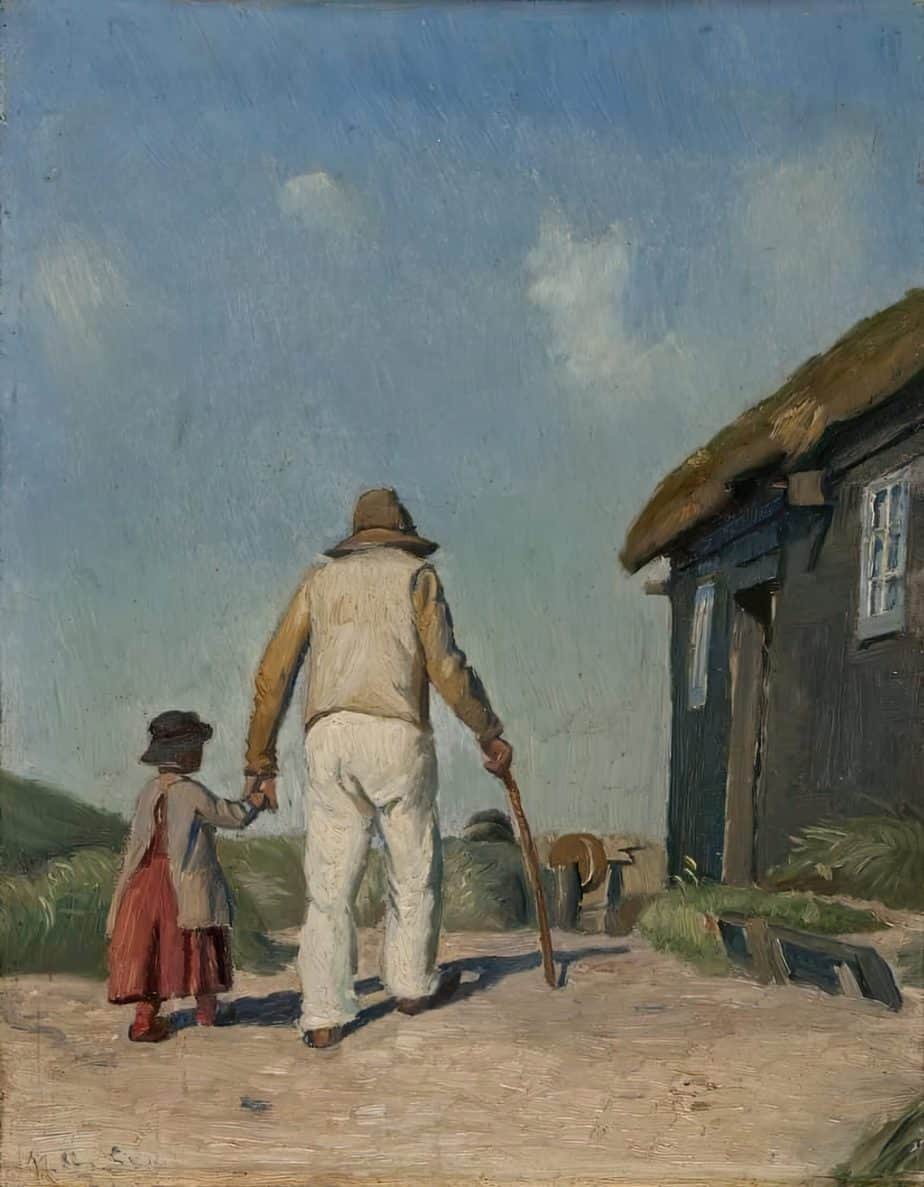Grandparents and children appear frequently together in children’s literature. How has the granny archetype changed over the years, and what does science say about the role grandparents play in the lives of children?
AVOIDING CLICHED GRANNIES IN CHILDREN’S BOOKS
The grannies idea came while I was watching an elderly woman in the street. I was thinking that most people would see her only as an old lady, even though both the girl and the woman that she once was were still there inside her. I thought this topic would be ideal to talk about transition, time, tenderness… life and death. I always feel that the way grannies are presented in children’s books is a little clichéd. I wanted to show their complexity without avoiding anything, and without losing light-heartedness and humour to try to make grannies and their grandchildren laugh together!
Encyclopedia of Grannies: Q&A with Eric Veillé
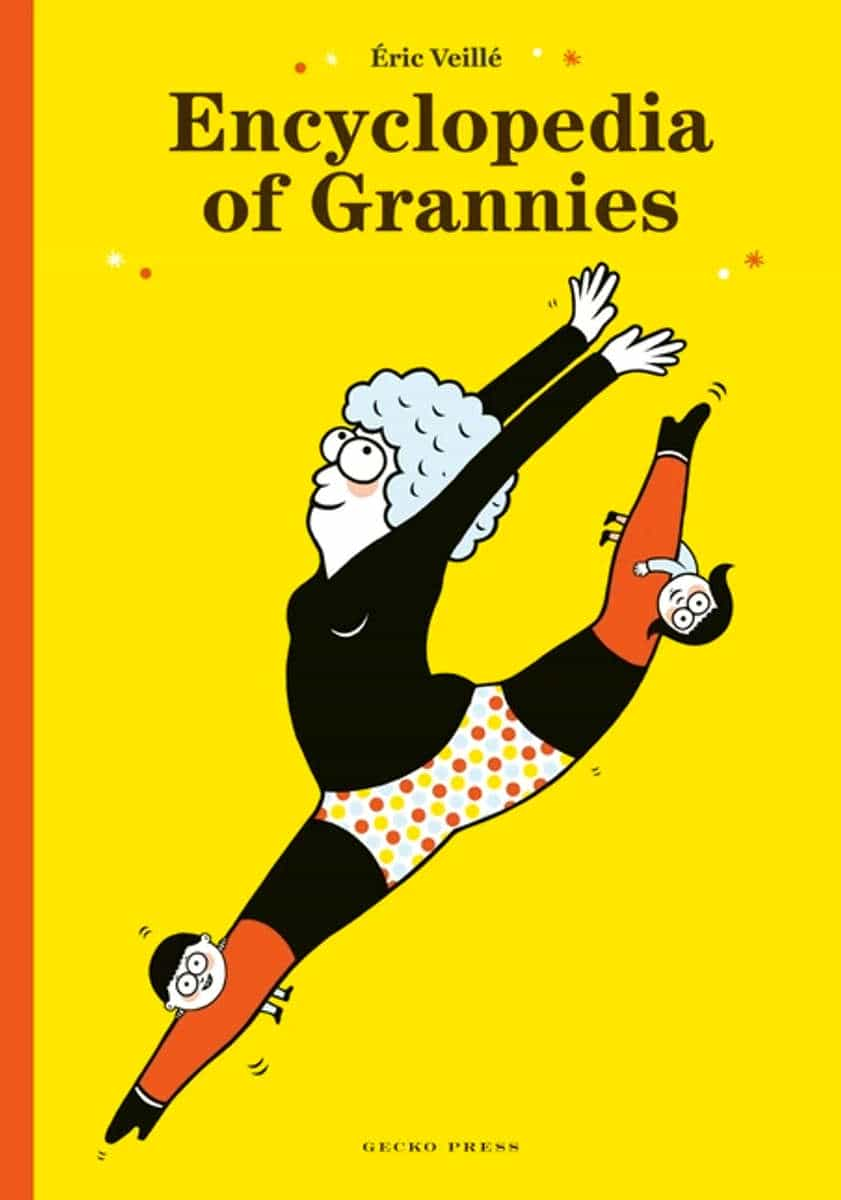
Why do grannies always tell us to speak up? Why do they have creases on their faces? Are grannies flexible? How do you cheer up a sad granny? How old are grannies, actually?
Eric Veillé explains it all in this offbeat book for the extended family to chuckle over, no matter what kind of grandma you have, are, or would like to be.
From the author of My Pictures after the Storm, which received three starred reviews and which School Library Journal proclaimed “may be the funniest book of the year.”
HUMAN HISTORY COUNTED BY GRANNIES
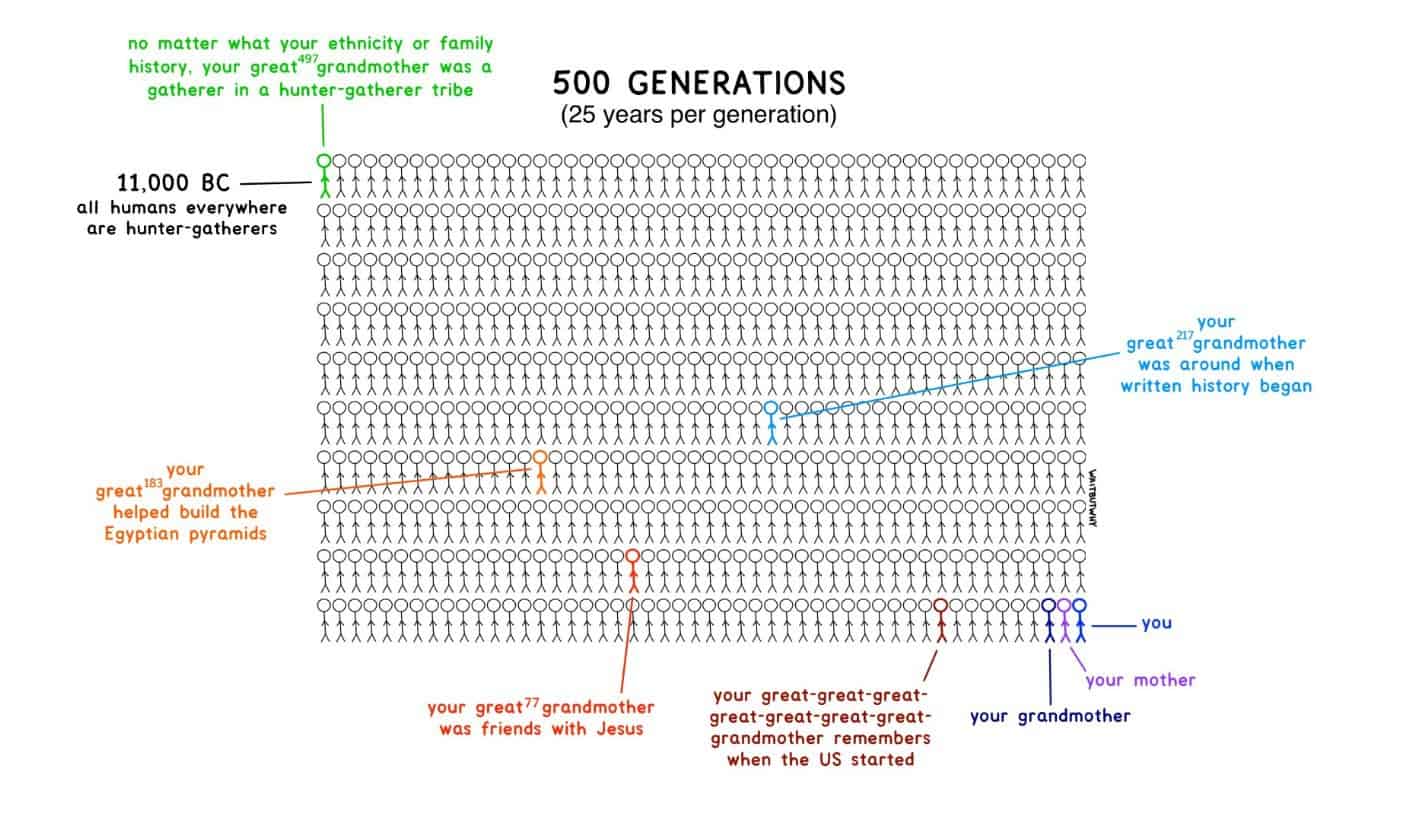
THE ROLE OF GRANDPARENTS IN TEACHING THE YOUNG GENERATION
It’s actually quite hard to do something well and teach someone else how to do it well. So when we make pancakes at my house … one of the discoveries I made is when the grandchildren aren’t there, oh my goodness, I can make the pancakes four times as fast on Sunday morning. … And I think everyone who has children at home is aware of that.
What [a study] found was that those hunters who were 35, in the prime of life, were most effective, but they weren’t teaching as much as the elders were. The elders weren’t as good at actually doing the hunting anymore. They weren’t as strong. But they were skilled. They were the ones who had the knowledge. What happened was, those older hunters were going out with the kids and actually teaching them, helping them figure out what was going out. …
The elders were the ones passing on the stories, the songs, and the big structure of how the world works. If you think about what you do as a grandmother, that’s exactly what you do. You tell stories and sing songs.
If you think about it from a cognitive perspective, and this is something really important we haven’t emphasised enough in psychology, it’s this idea of trade-offs. We can’t have a system that does everything perfectly, or even does everything well. There’s always trade-offs between some things and others. I think there may be a trade-off between being able to remember what happened yesterday, which is not all that helpful if you’re trying to teach a new generation — they know what happened yesterday — but remembering what happened fifty years ago? That might actually be helpful.
Alison Gopnik, How children’s amazing brains shaped humanity with Alison Gopnik, PhD, Speaking of Psychology podcast
AN EXAMPLE OF A GRANNY FROM 1900
The following is clearly inspired by Goops and How To Be Them by Gellet Burgess, published in 1900. The following image appeared in a book for children 60 years later but unlike the 1900 publication, which is clearly a ridiculous spoof of Victorian manner books pushed onto children, this one takes itself seriously, despite the ‘goop-like’ language.
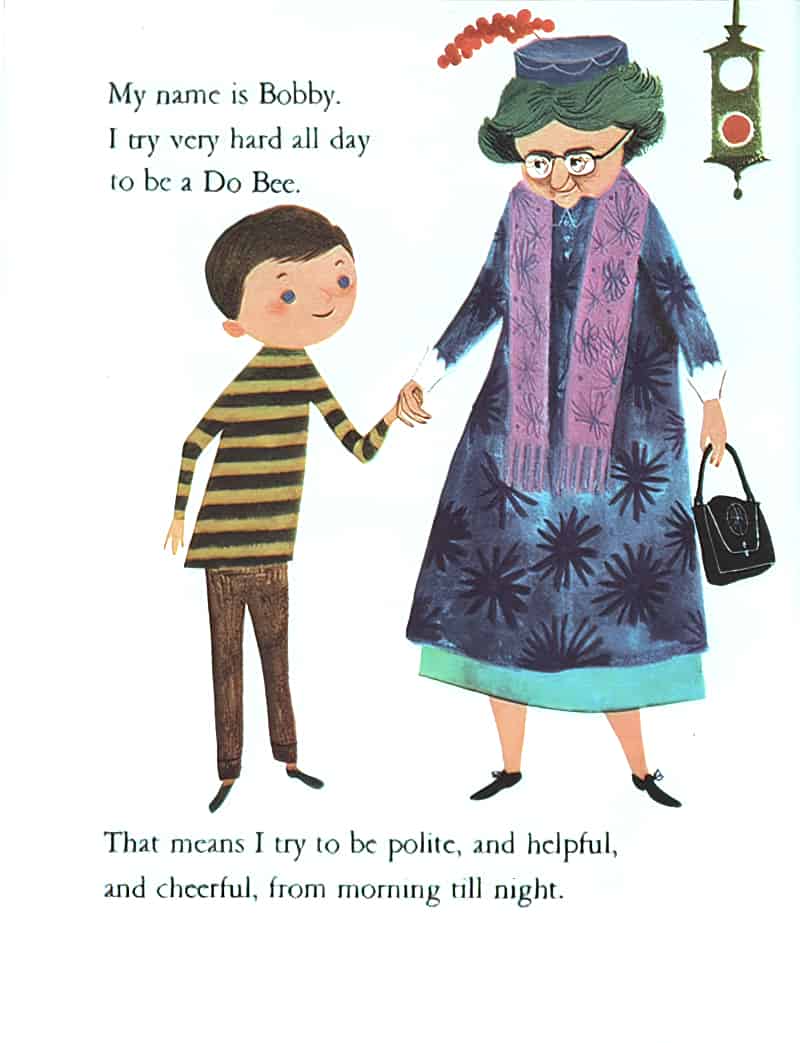
I mean, there’s even a checklist at the back of the book. Children are clearly supposed to model themselves upon these fictional picture book children.
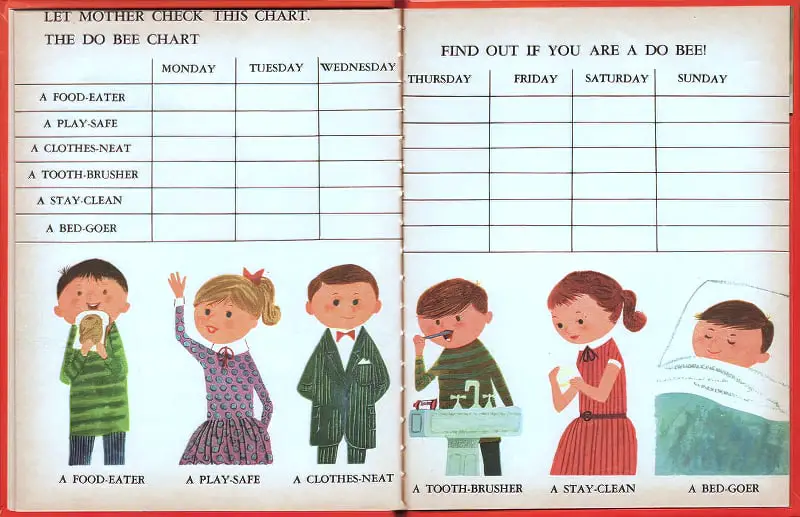
A CHANGING GRANNY ARCHETYPE IN SUPERGRAN: THE BOOK AND TV SERIES
The image of the boy ‘helping’ the old lady cross the road is now the image we think of when we think of kind deeds. I remember a joke from my eighties childhood in which a chivalric boy helps an old lady cross the road. I forget the details, but the punchline is that she is kicking and screaming because she didn’t want to go.
By the 1980s, clearly, the way we think of ‘old’ had changed. This had made its way down into picture books. I grew up with Supergran (the TV series, not the book), in which the helpless and weak old lady is inverted. The gran is now a superhero.
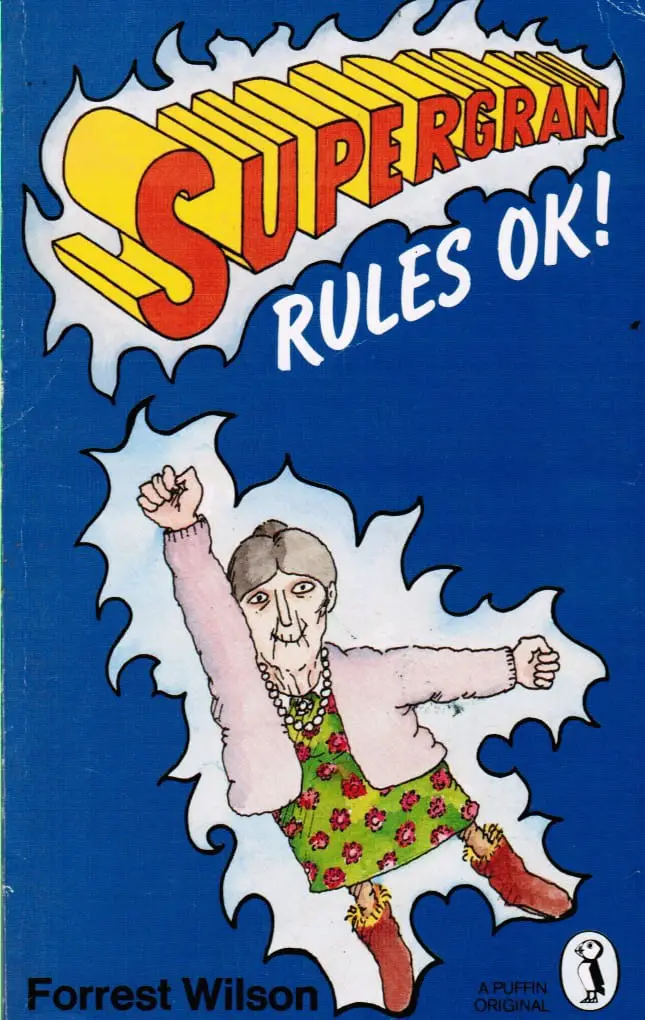
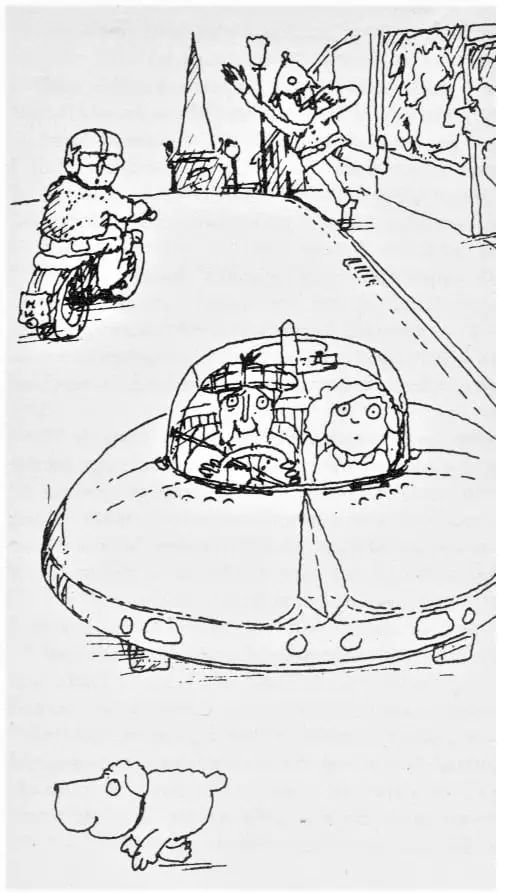
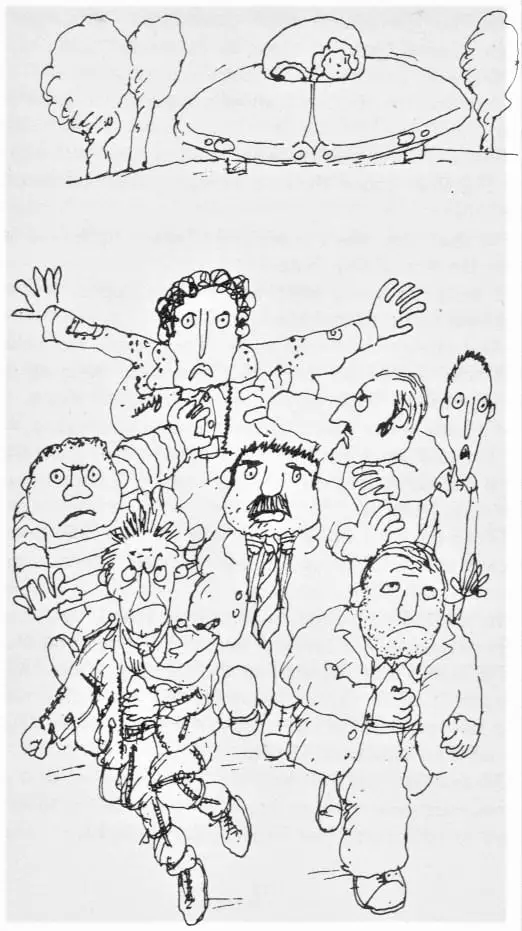
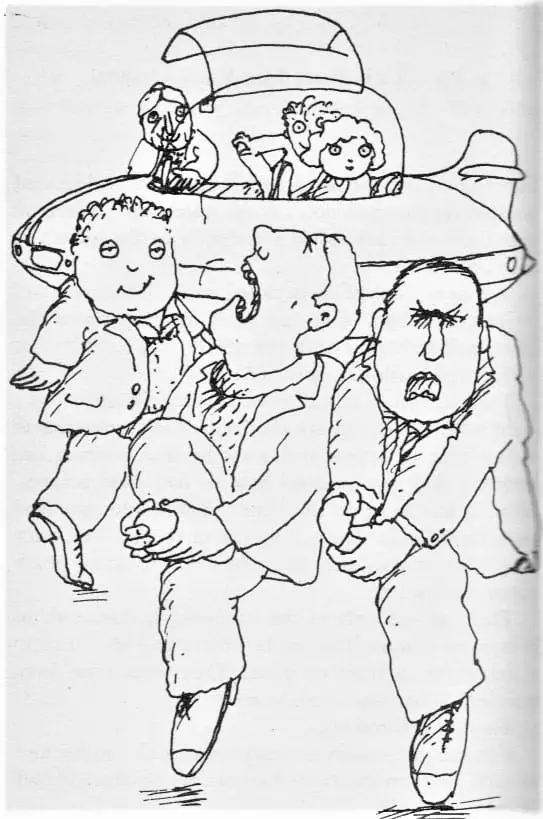
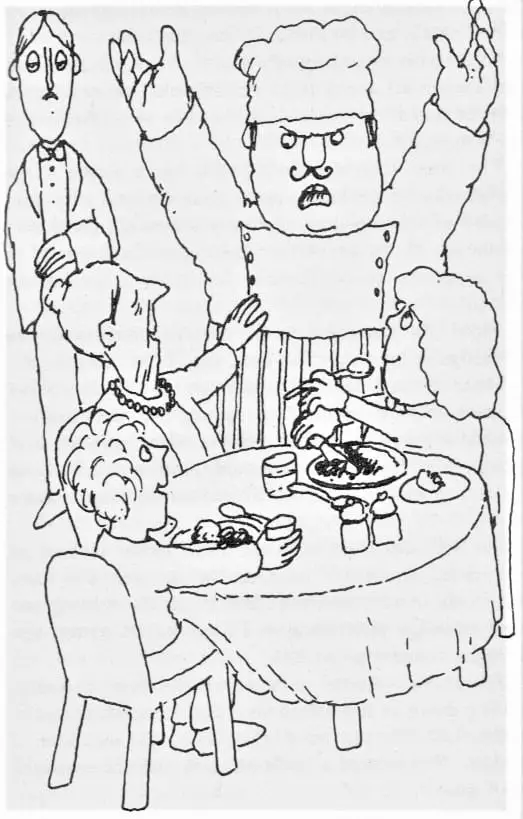
CHILDREN’S BOOKS FEATURING GRANDPARENTS
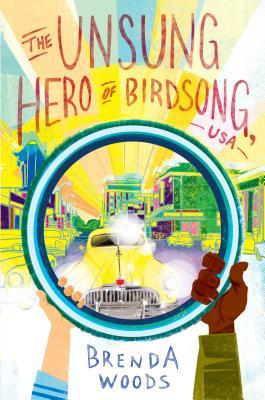
The Coretta Scott King Honor-winning author tells the moving story of the friendship between a young white boy and a Black WWII veteran who has recently returned to the unwelcoming Jim Crow South.
On Gabriel’s twelfth birthday, he gets a new bike–and is so excited that he accidentally rides it right into the path of a car. Fortunately, a Black man named Meriwether pushes him out of the way just in time, and fixes his damaged bike. As a thank you, Gabriel gets him a job at his dad’s auto shop. Gabriel’s dad hires him with some hesitation, however, anticipating trouble with the other mechanic, who makes no secret of his racist opinions.
Gabriel and Meriwether become friends, and Gabriel learns that Meriwether drove a tank in the Army’s all-Black 761st Tank Battalion in WWII. Meriwether is proud of his service, but has to keep it a secret because talking about it could be dangerous. Sadly, danger finds Meriwether, anyway, when his family receives a frightening threat. The South being the way it is, there’s no guarantee that the police will help–and Gabriel doesn’t know what will happen if Meriwether feels forced to take the law into his own hands.
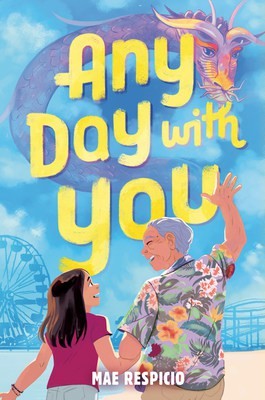
A story about a creative girl who hopes that by winning a filmmaking contest, she’ll convince her great-grandfather not to move back home to the Philippines.
Kaia and her family live near the beach in California, where the fun of moviemaking is all around them. Kaia loves playing with makeup and creating special effects, turning her friends into merfolk and other magical creatures.
This summer, Kaia and her friends are part of a creative arts camp, where they’re working on a short movie to enter in a contest. The movie is inspired by the Filipino folktales that her beloved Tatang, her great-grandfather, tells. Tatang lives with her family and is like the sparkle of her special-effects makeup. When Tatang decides that it is time to return to his homeland in the Philippines, Kaia will do anything to convince him not to go.
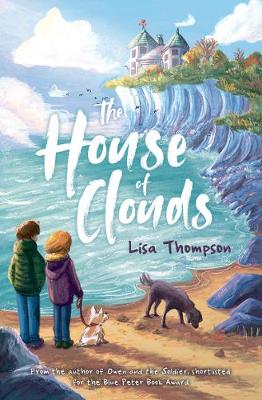
Tabby’s fed up. Fed up with losing her best friend and fed up that Grandad has come to stay. Grandad’s always telling the same old silly, made-up stories and now Tabby has to walk his smelly dog Buster every day after school. When one of Tabby’s walks takes her to a lonely hilltop house she spots something strange going on. So strange she can’t help but mention it to Grandad who of course turns it all into another fantasy. But when tragedy strikes, Tabby’s left wondering if Grandad’s impossible story could be true? A poignant and uplifting story of family, connection and imagination, from the Blue Peter Book Award shortlisted author of Owen and the Soldier.
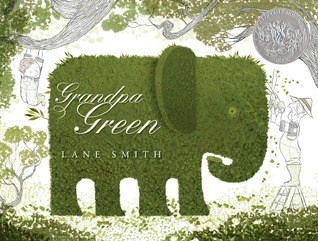
Grandpa Green wasn’t always a gardener. He was a farmboy and a kid with chickenpox and a soldier and, most of all, an artist. In this captivating new picture book, readers follow Grandpa Green’s great-grandson into a garden he created, a fantastic world where memories are handed down in the fanciful shapes of topiary trees and imagination recreates things forgotten.
In his most enigmatic and beautiful work to date, Lane Smith explores aging, memory, and the bonds of family history and love; by turns touching and whimsical, it’s a stunning picture book that parents and grandparents will be sharing with children for years to come.
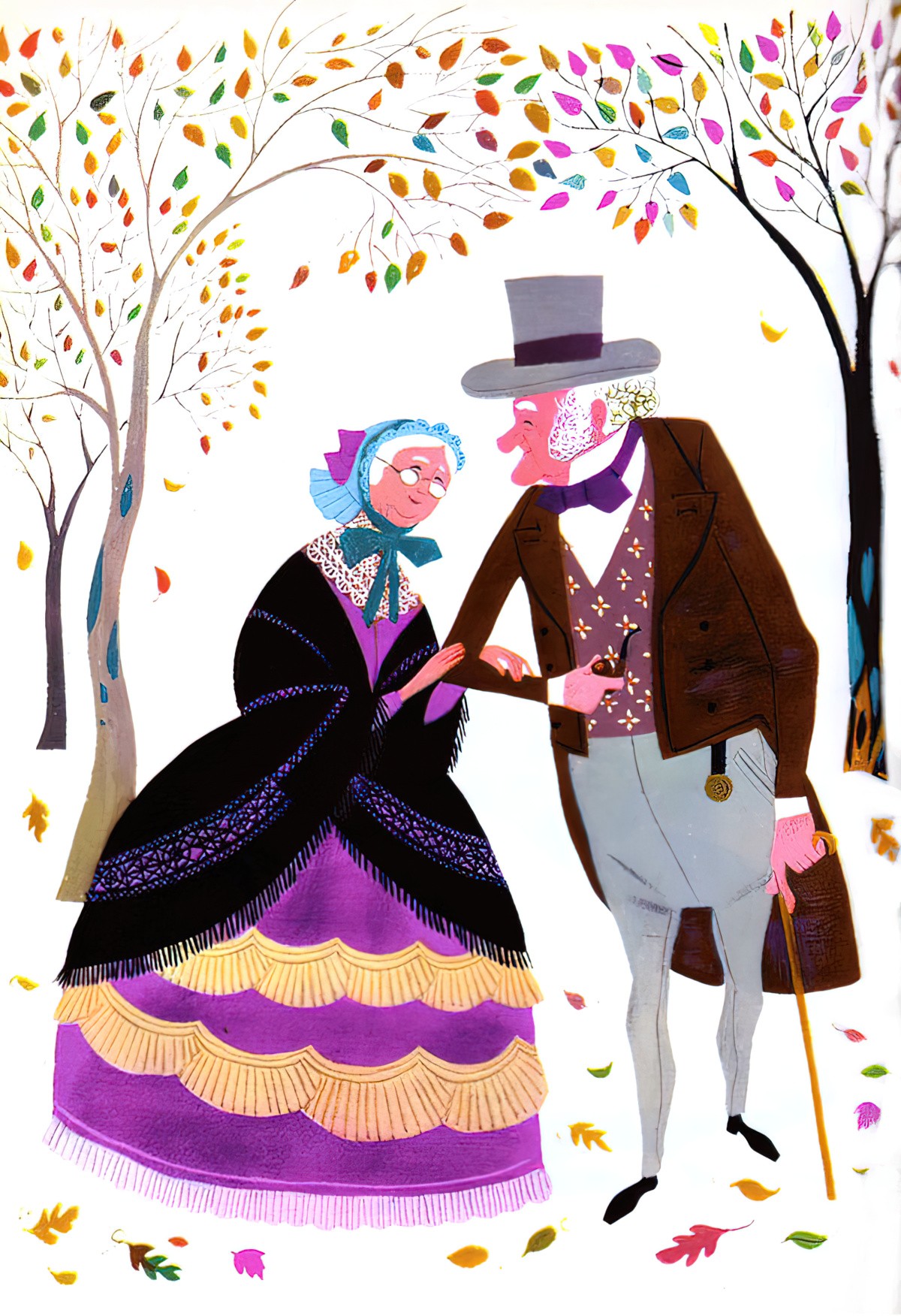
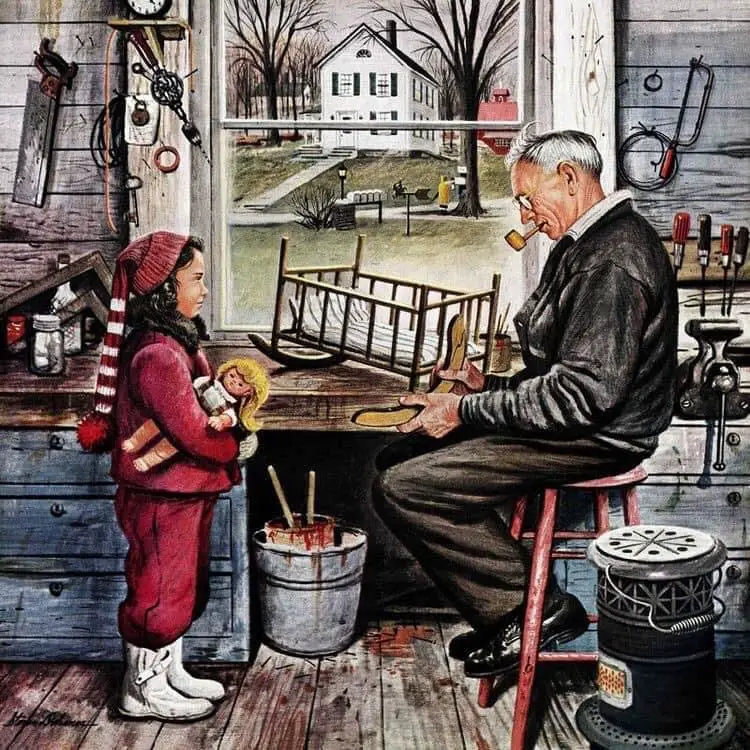
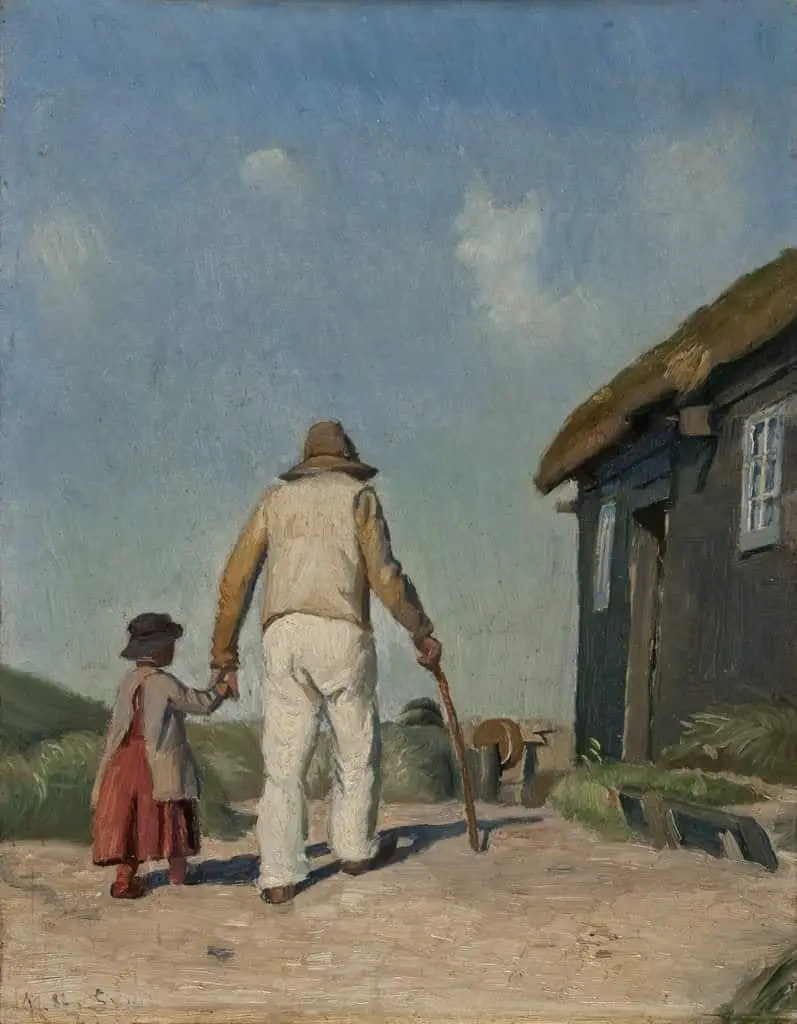
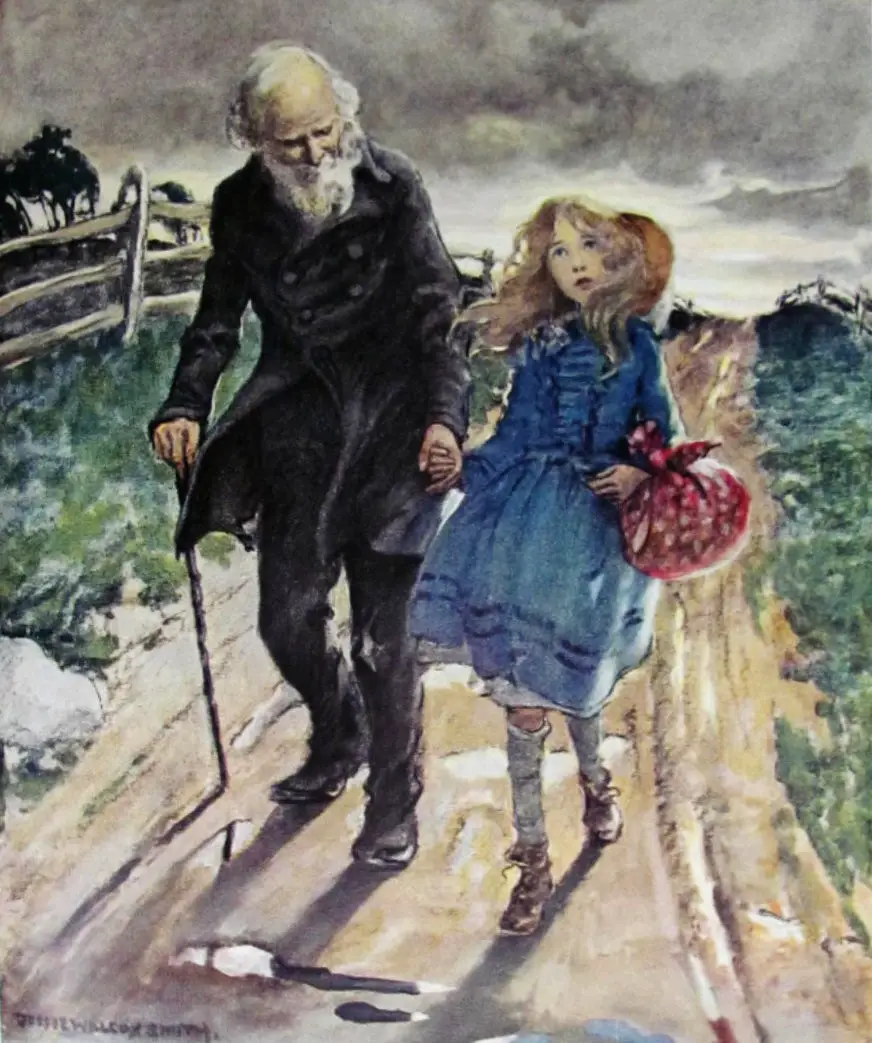
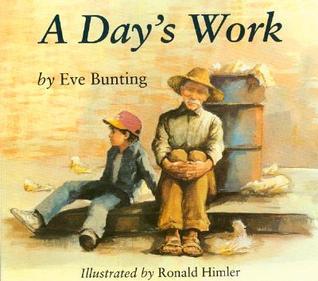
In this heartwarming story about family and multigenerational relationships, a Mexican-American boy and his grandfather, who struggles to speak English and find work, reconnect through gardening.
Francisco, a young Mexican-American boy, doesn’t know how to connect with his grandfather who doesn’t doesn’t speak English. But when the opportunity to help his grandfather find a job comes along, Francisco helps his grandfather learn about gardening. They get to learn about gardening, and each other, along the way.
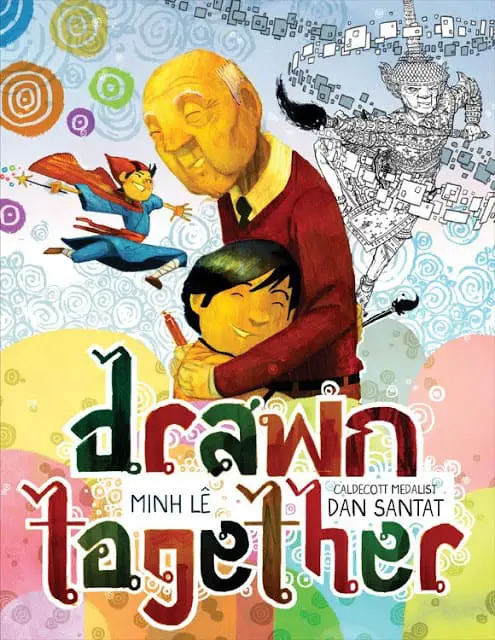
When a young boy visits his grandfather, their lack of a common language leads to confusion, frustration, and silence. But as they sit down to draw together, something magical happens-with a shared love of art and storytelling, the two form a bond that goes beyond words.
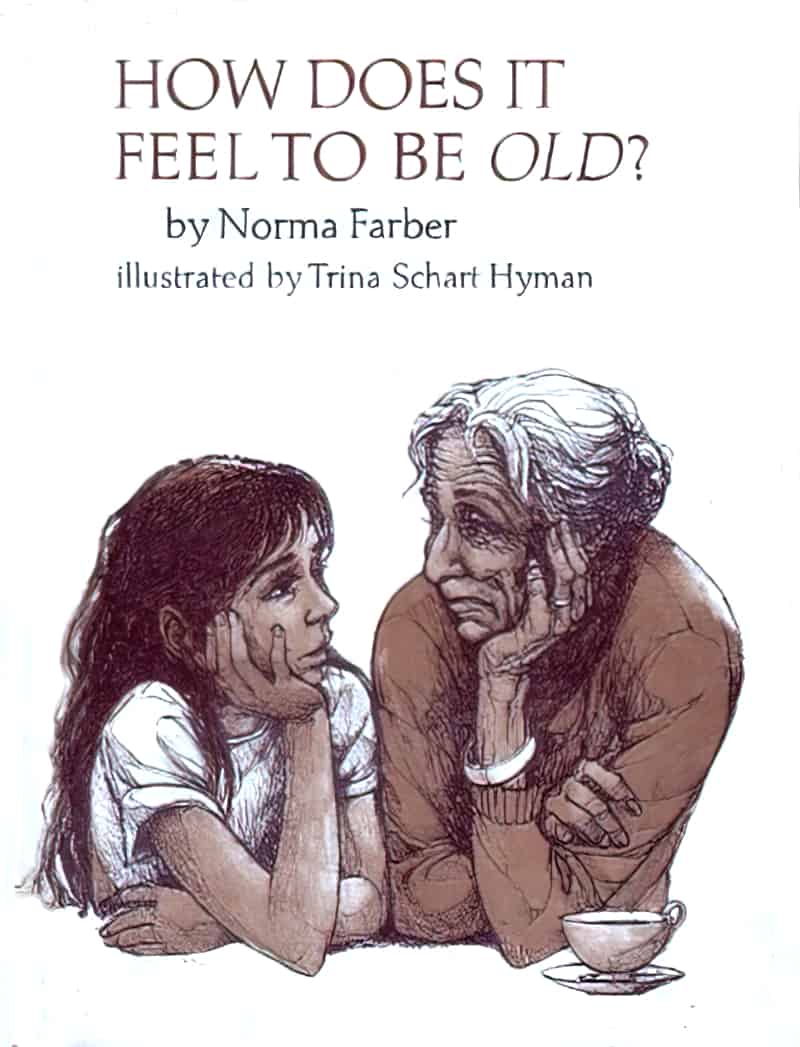
Although this a title feels like a slightly rude rhetorical question, the book takes the question seriously, and explains to young readers how it really does feel to get older.
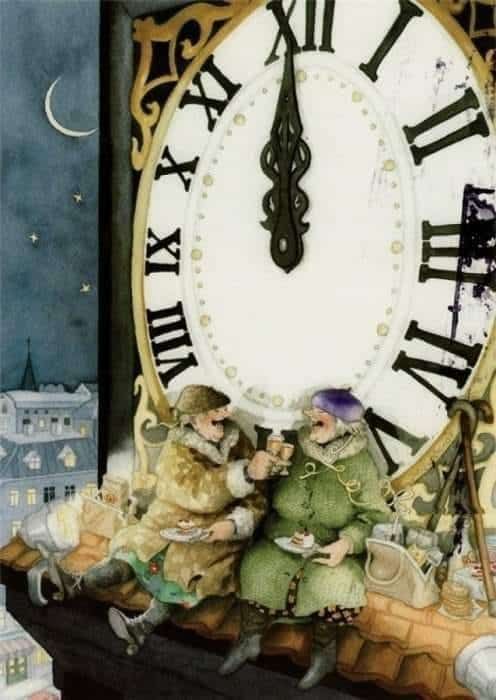
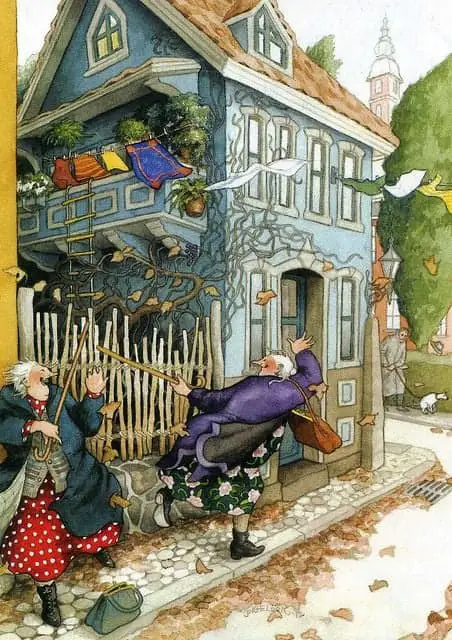
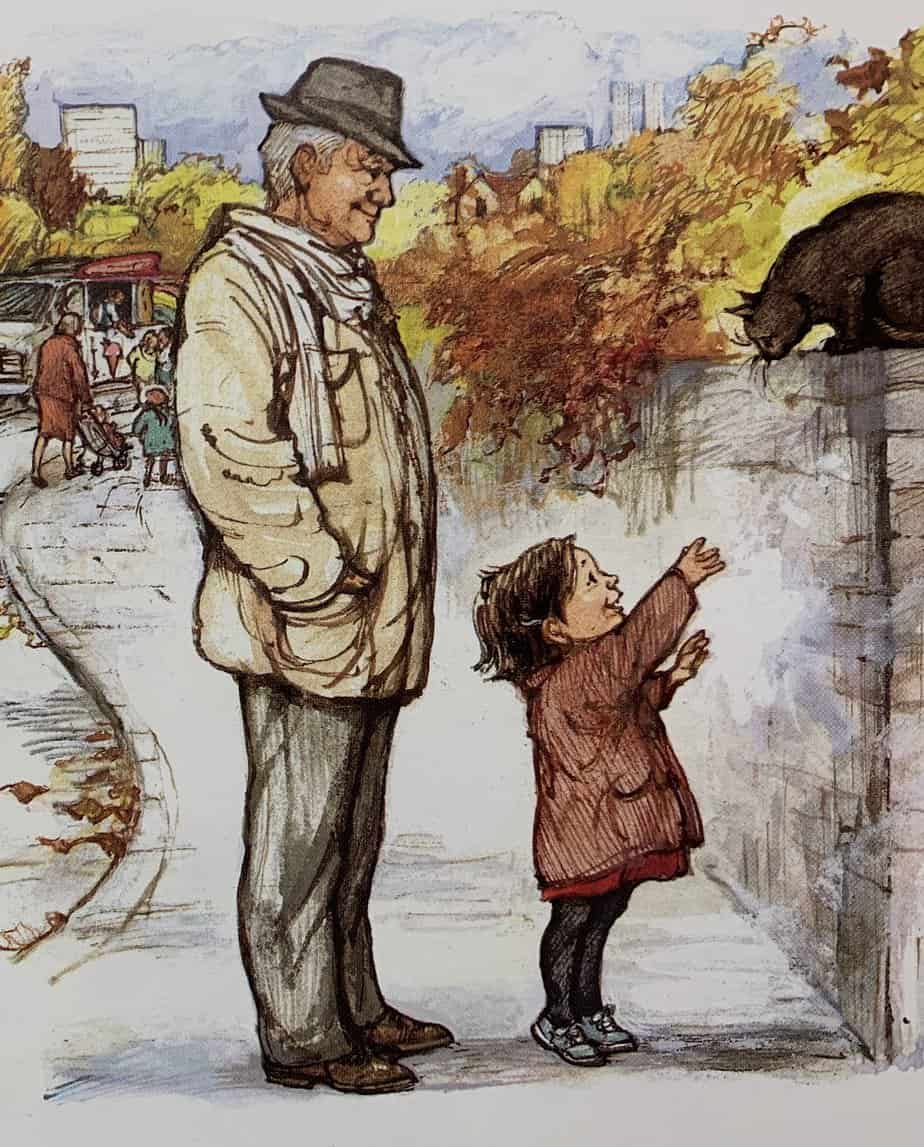
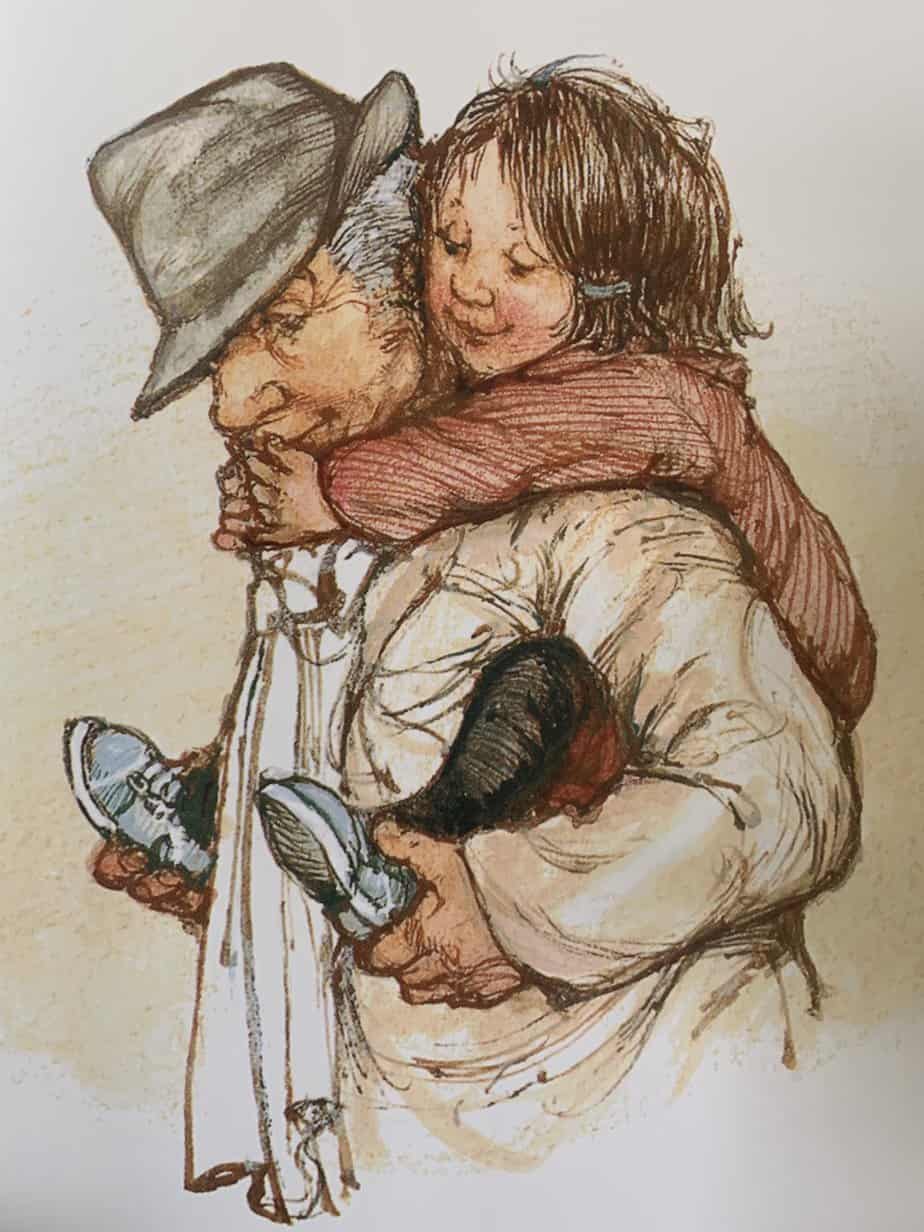
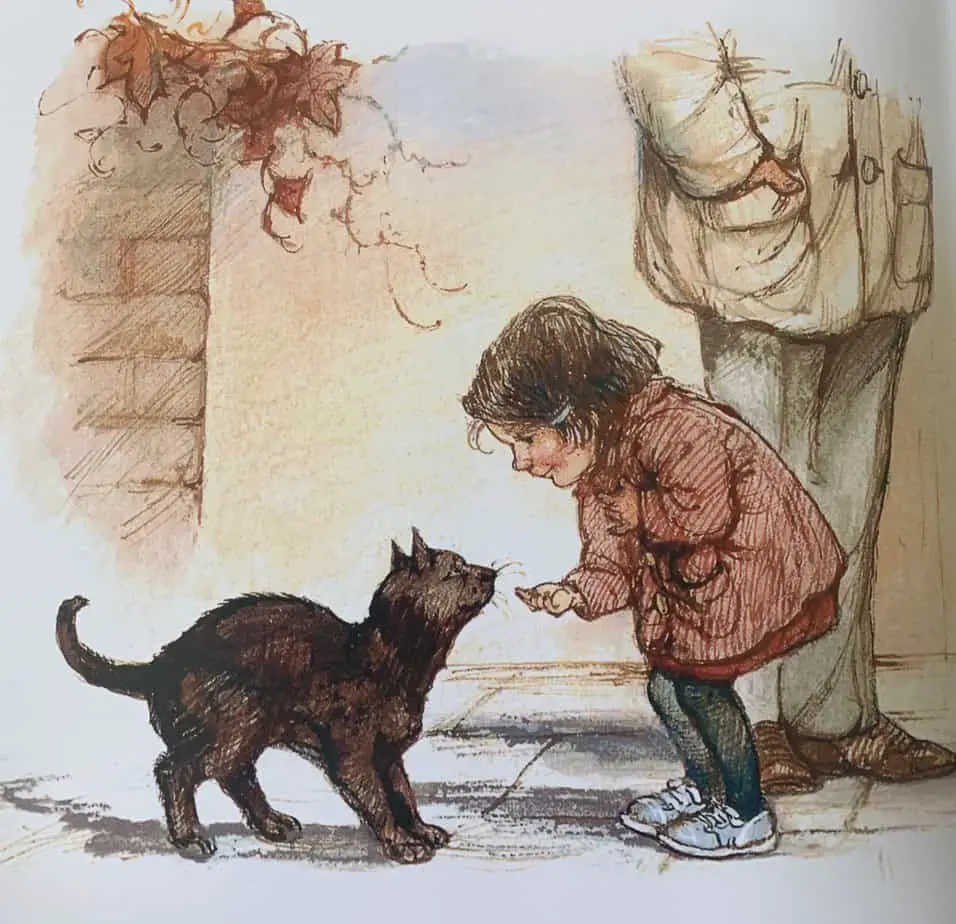
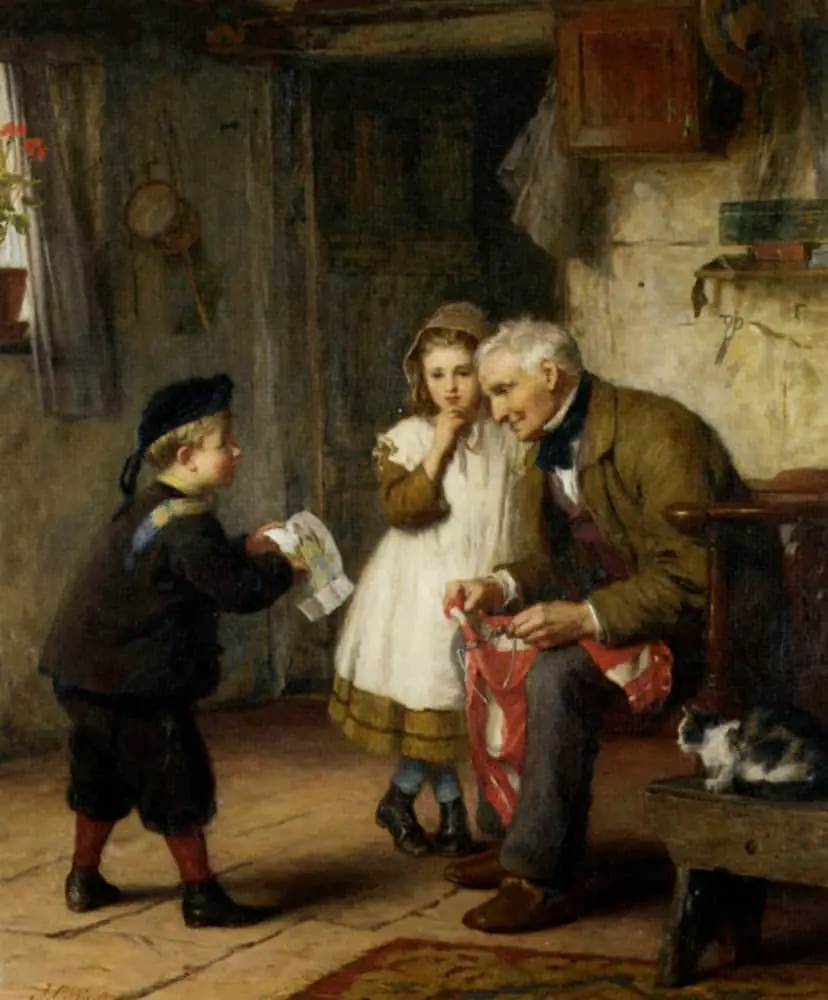
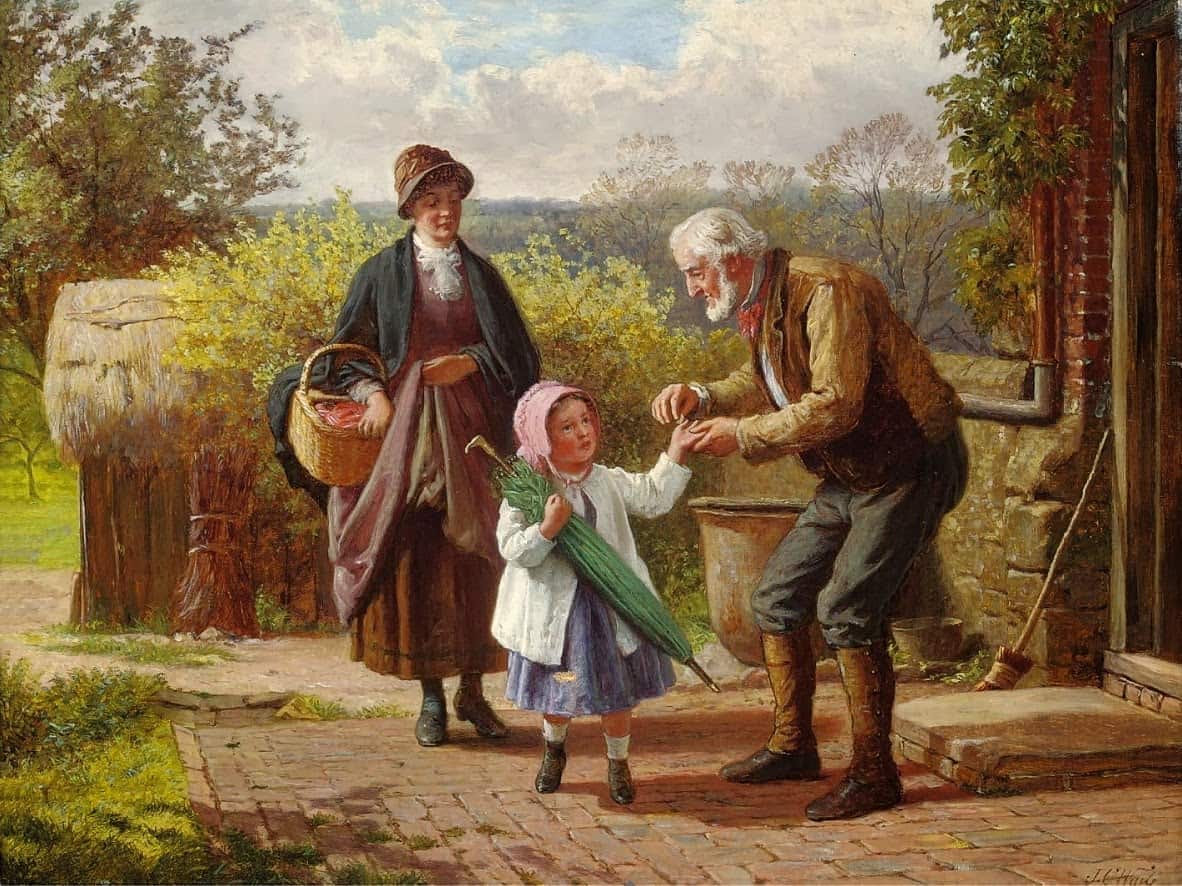
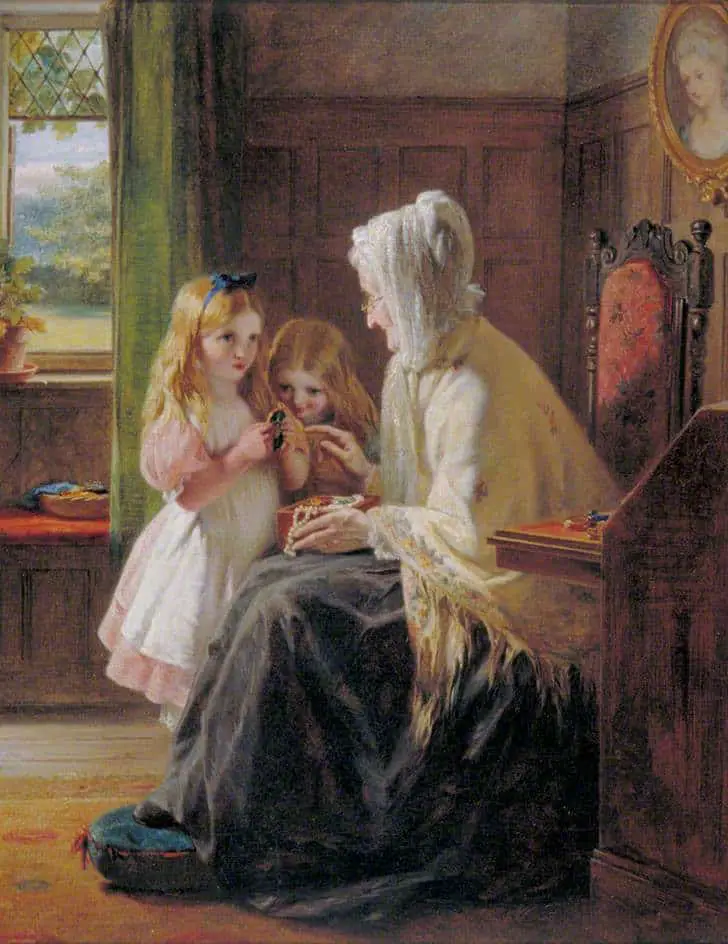
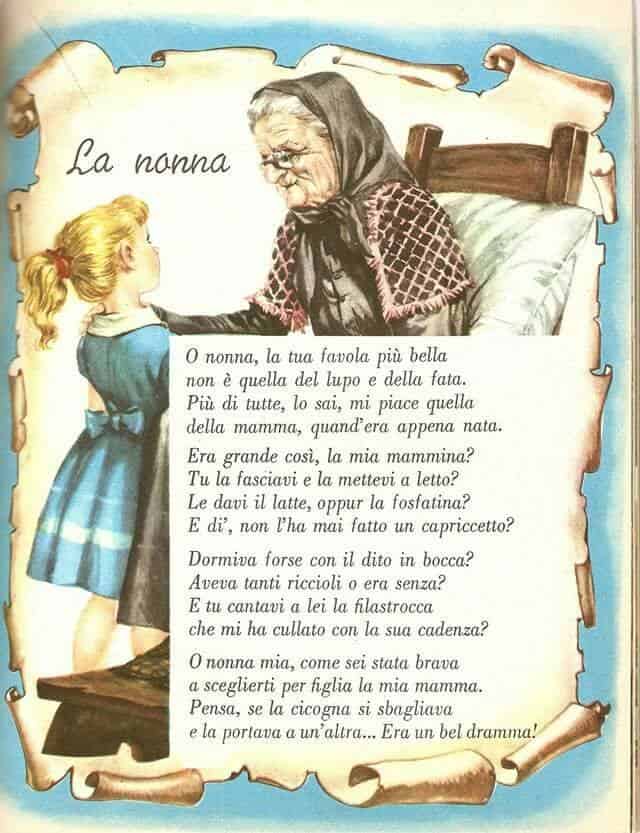
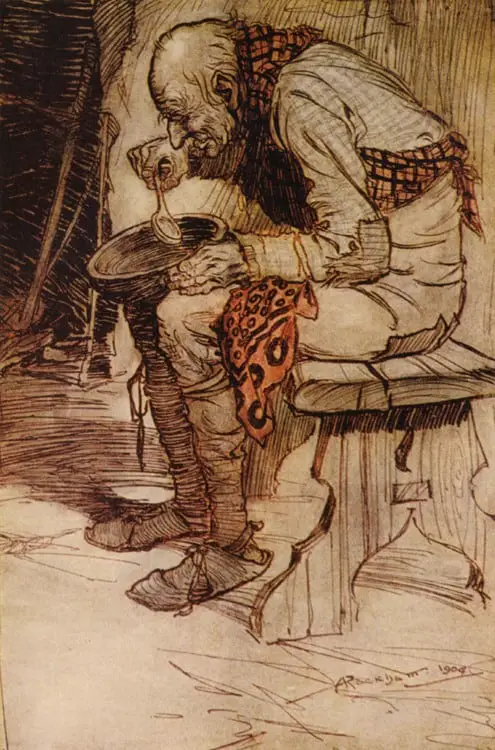
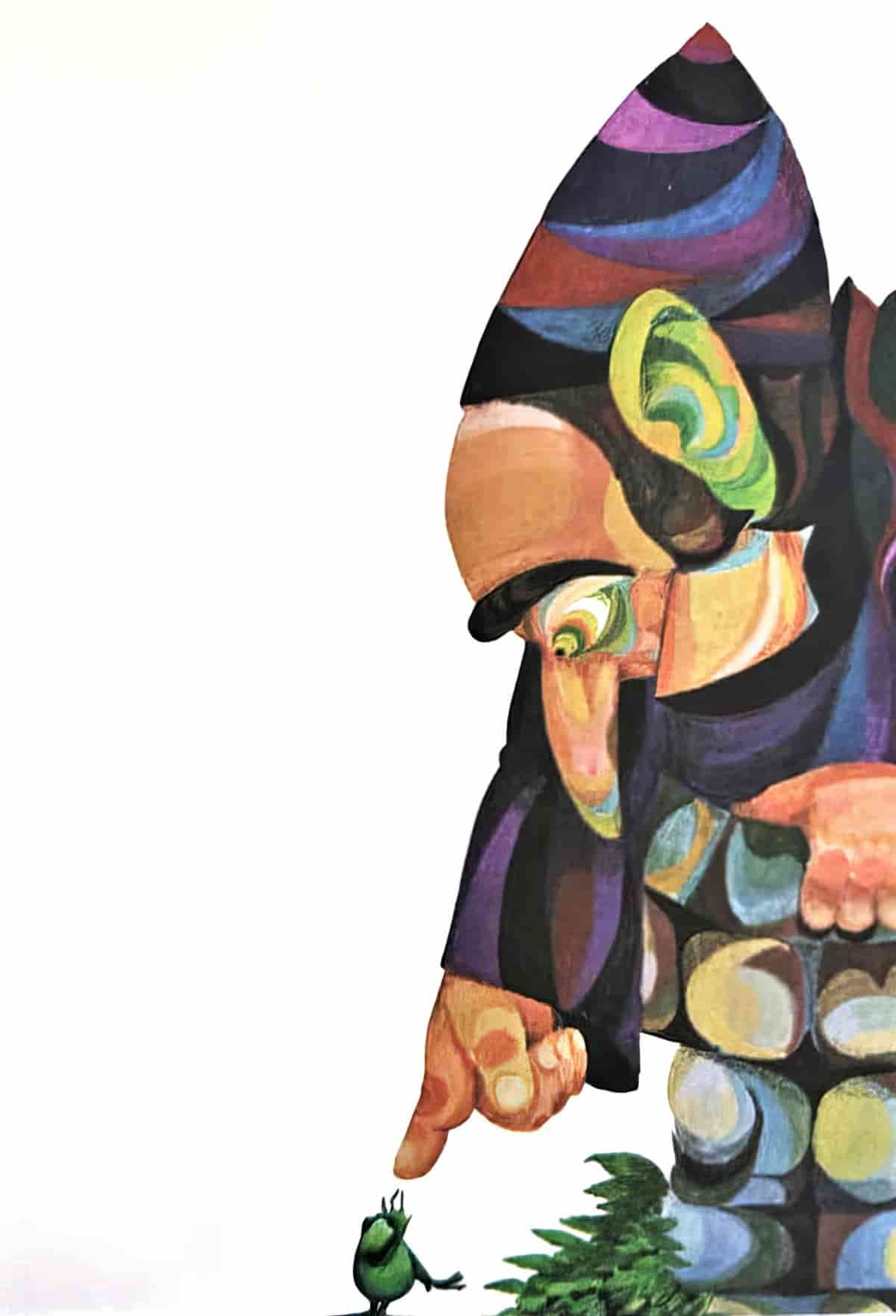
FURTHER READING
- Wisdom of grandparents helped rise of prehistoric man: As more Homo sapiens lived beyond the age of 30, scientists say, they passed on knowledge and skills to the young, from The Guardian
- [E]ven as gender roles have advanced past the Paleolithic version, the caregiving burden on them hasn’t eased. Though they work more hours at paid jobs, mothers in 2011 also spent more time on child care than women did in 1965. That’s partly because the expectation for hands-on childrearing has extended past childhood and deep into the teenage years. Expanded lifespans could conceivably grant humans a more drawn-out adolescent period, which would mean more years of unpaid work for their mothers. – Life Extension and Sexism, Slate.
- Caught In The Sandwich Generation: An excerpt from Mother Daughter Me, Kevin MD
- If you think you get one quarter of your genes from each of your four grandparents, this is not quite right. Inheritance from grandparents is not split even. The inferred distribution of grandparental contribution at Discover.
ILLUSTRATING WRINKLES
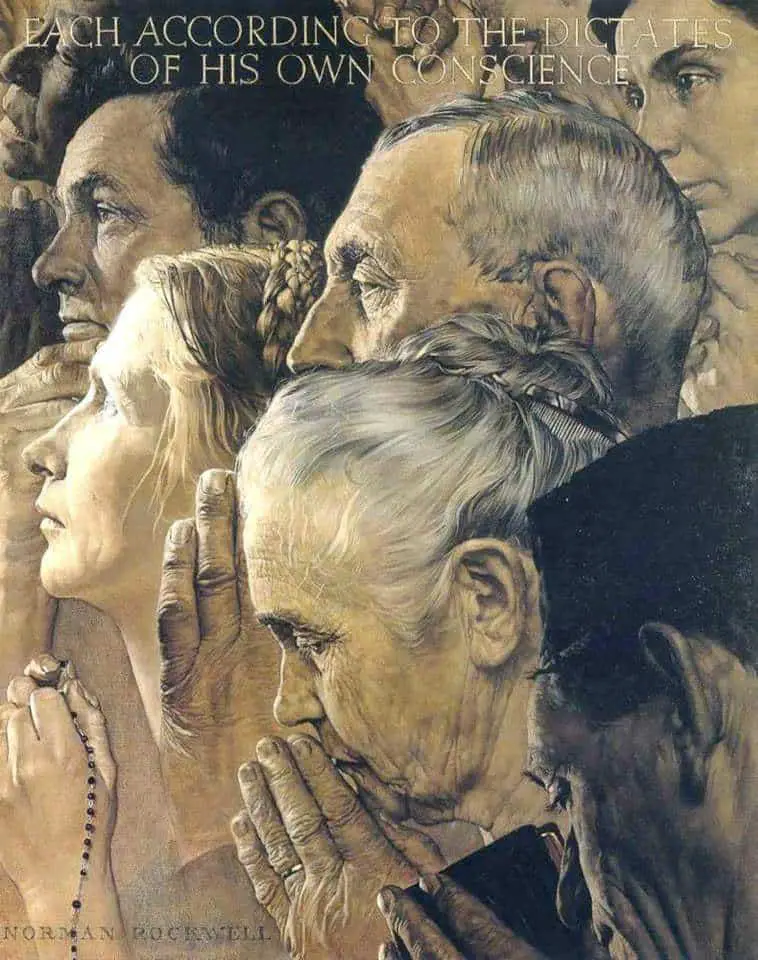
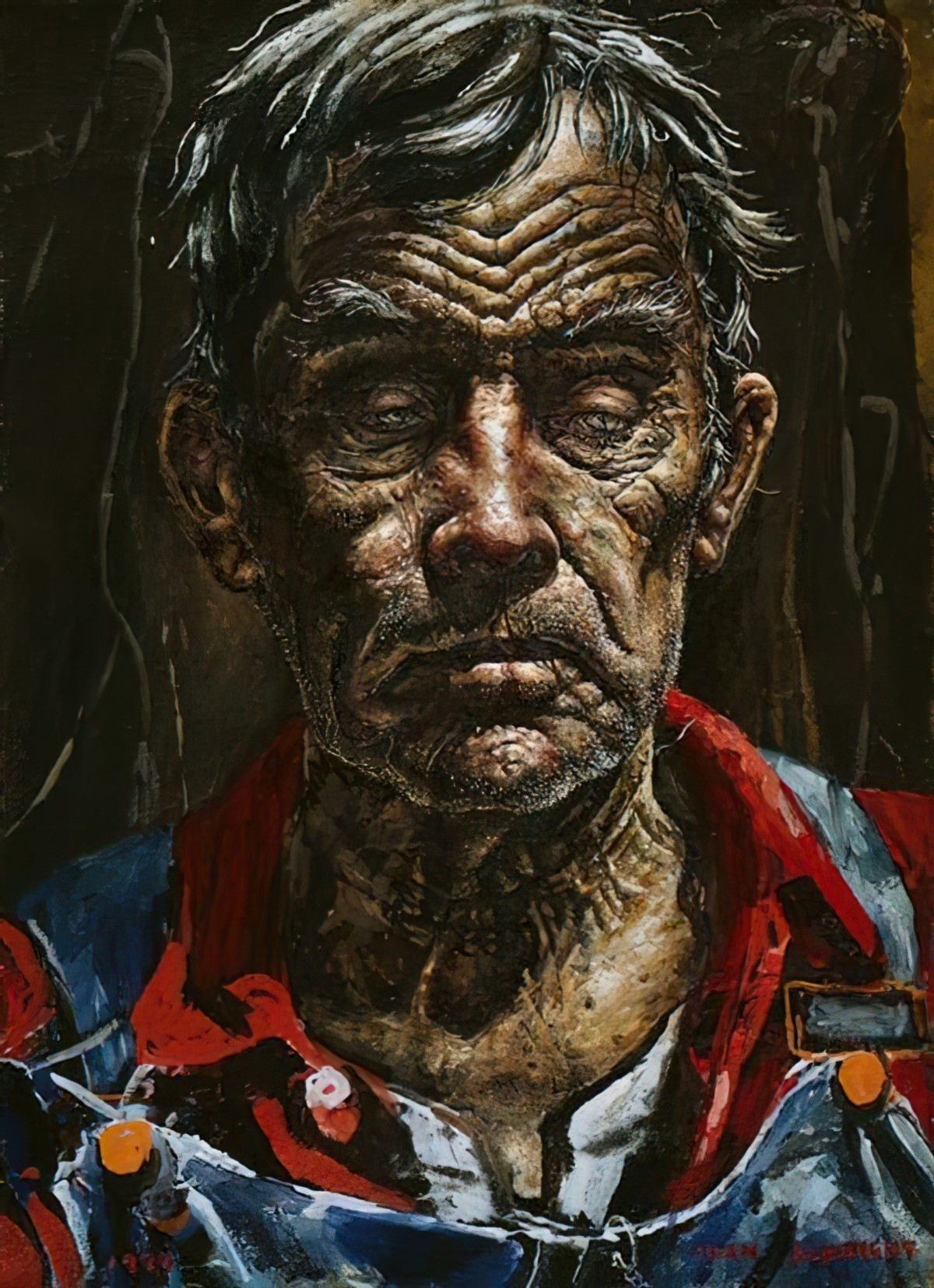
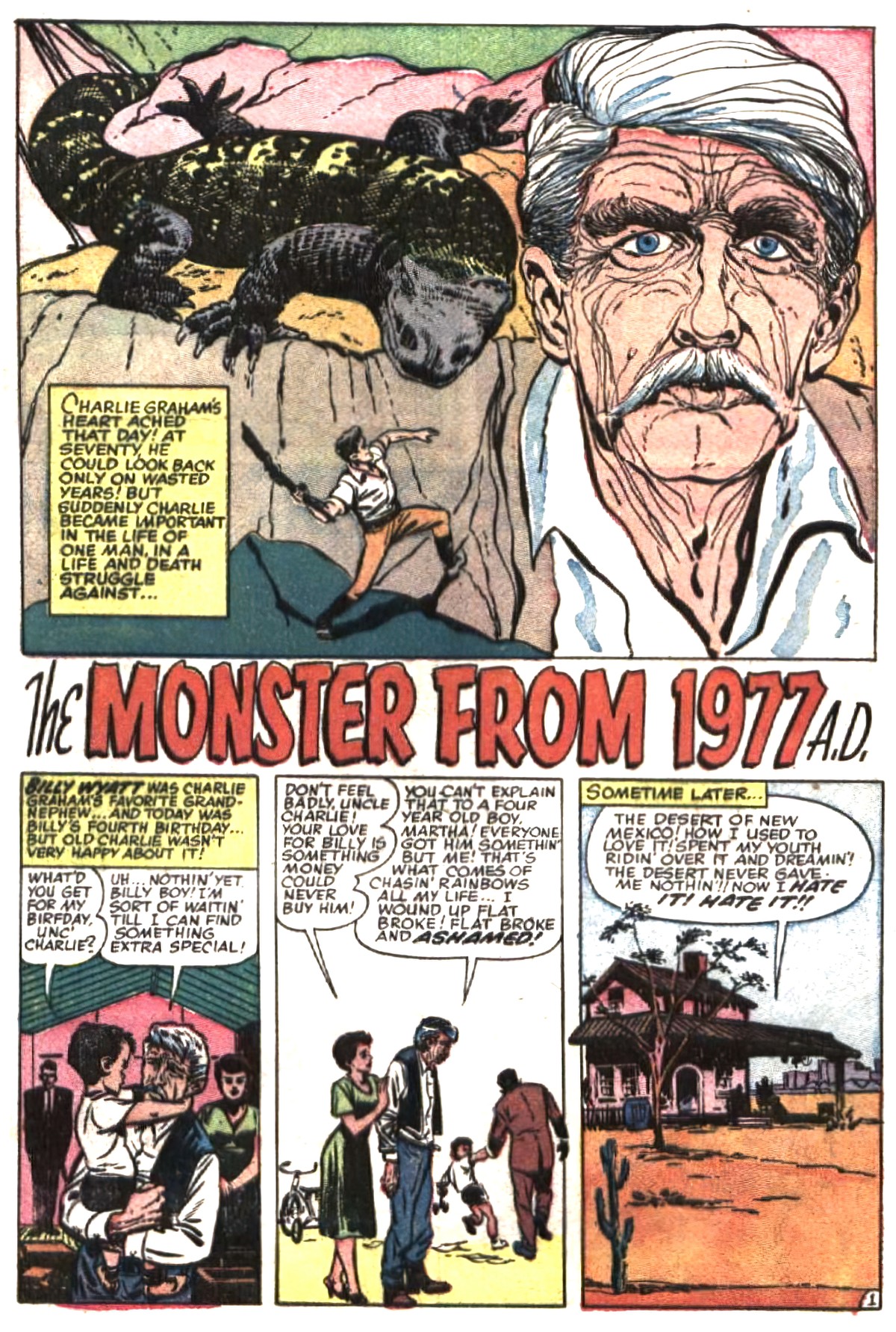
Header illustration: Michael Peter Ancher (1848 – 1927)
